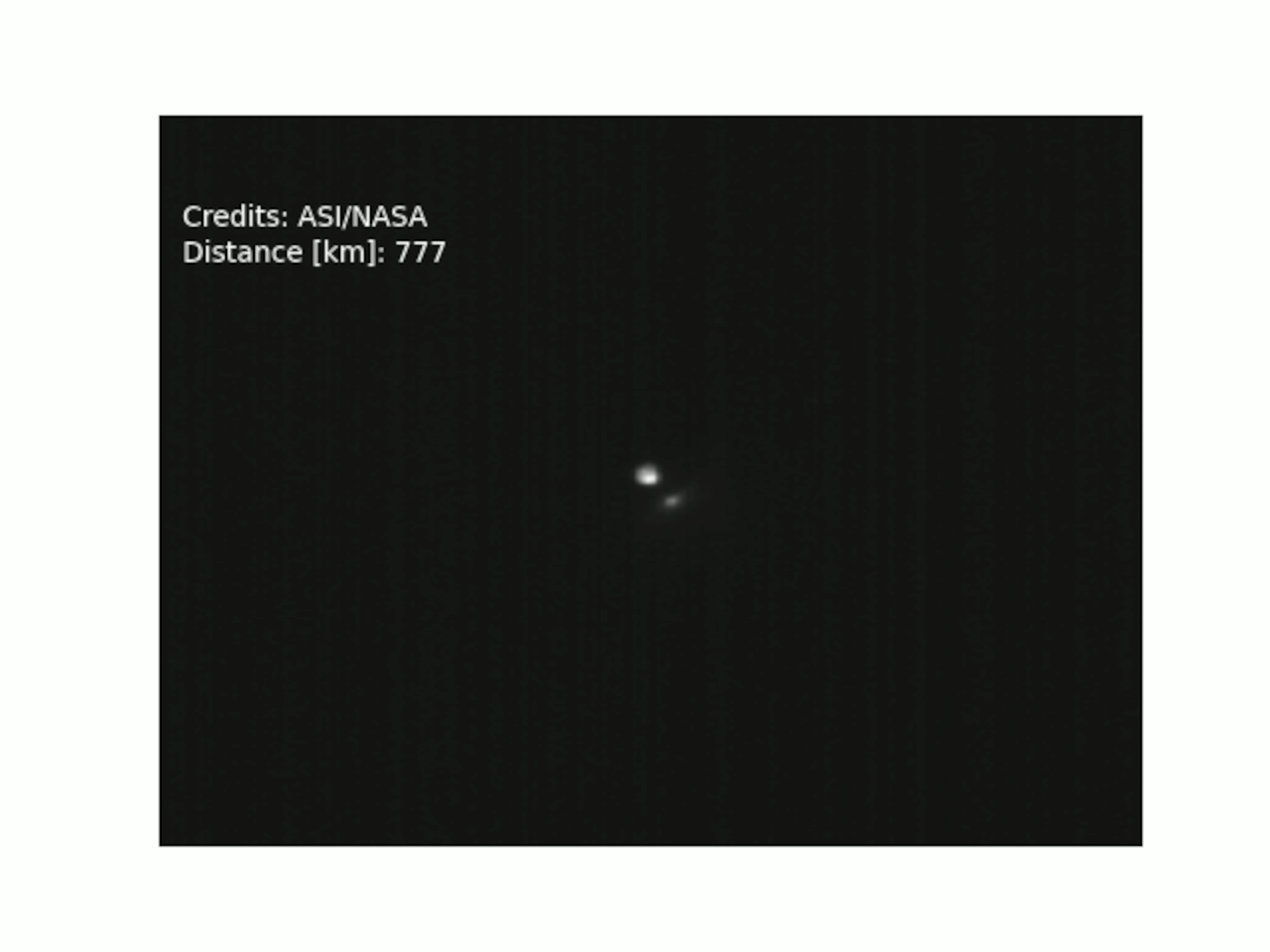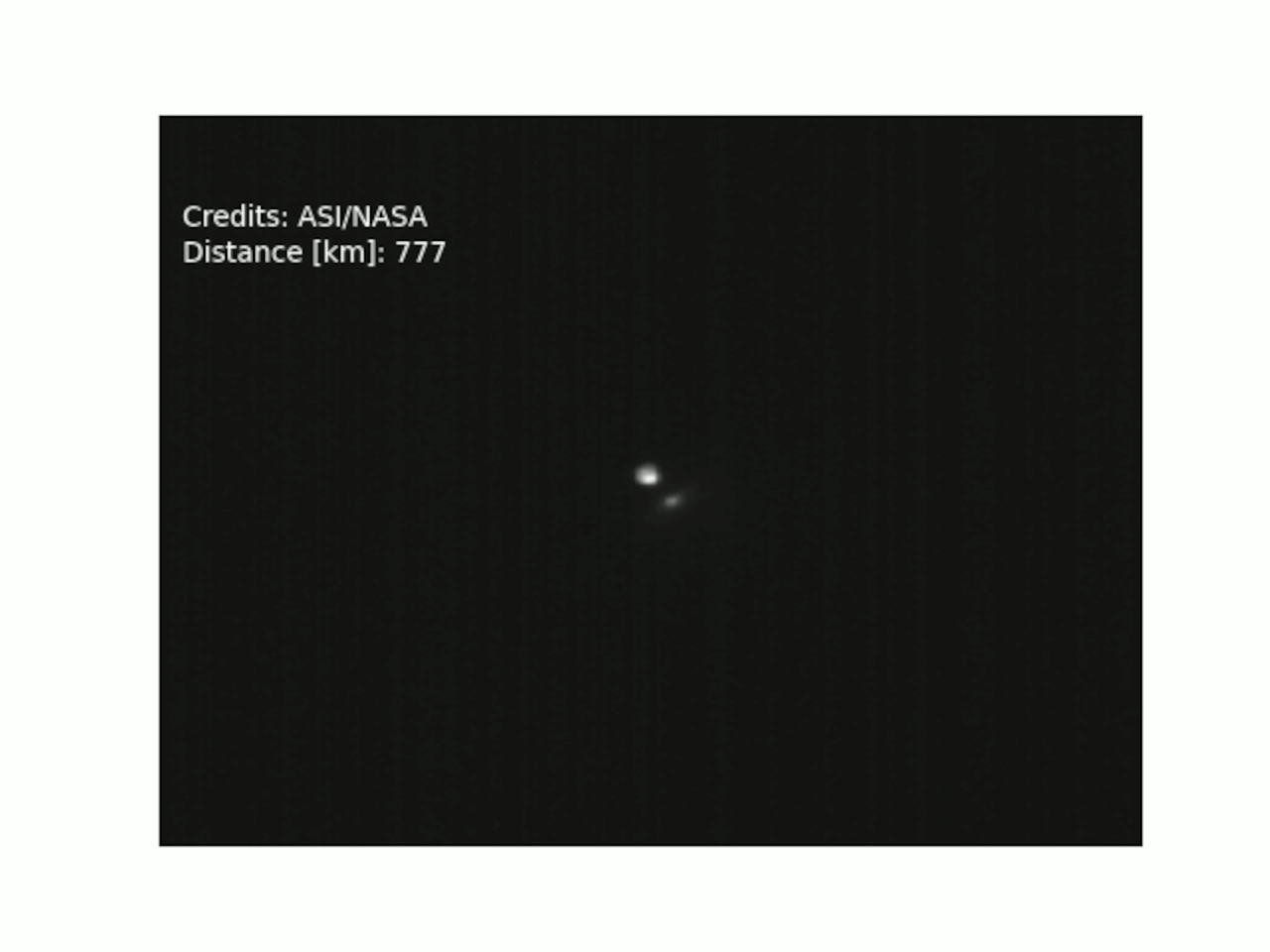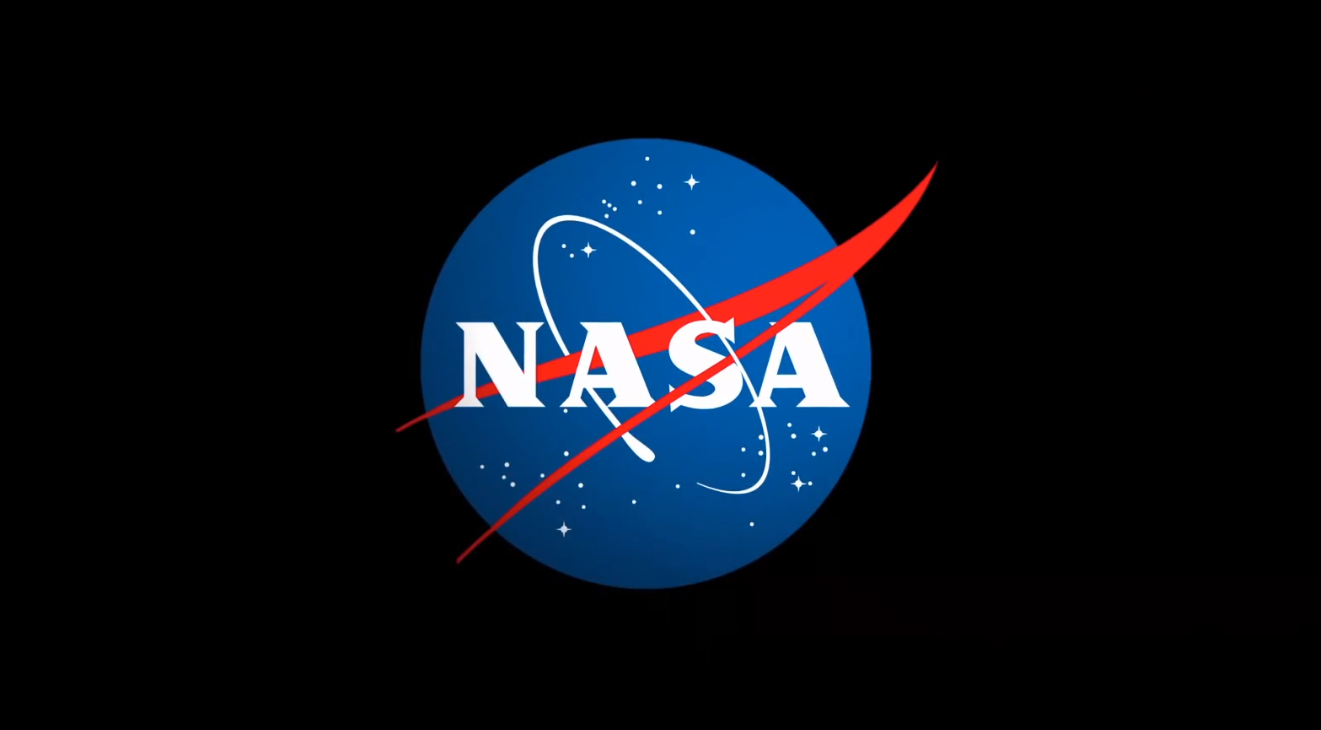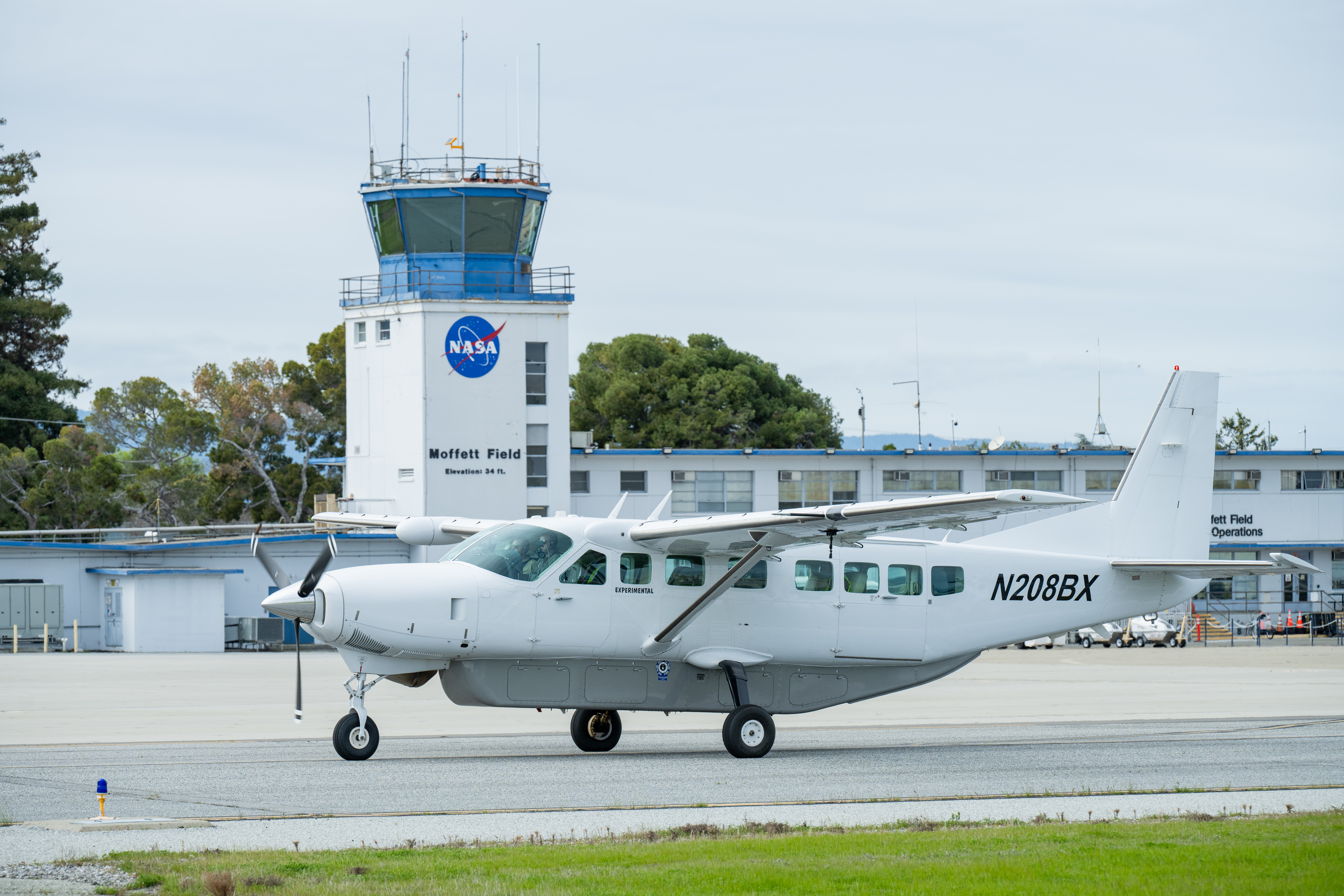Double Asteroid Redirection Test Post-Impact Image Gallery
After 10 months flying in space, NASA’s Double Asteroid Redirection Test (DART) – the world’s first planetary defense technology demonstration – successfully impacted its asteroid target on Monday, September 26 at 7:14 p.m. EDT. as the world’s first attempt to move an asteroid in space. Over the coming weeks, ground based observatories around the world […]

1 min read
Double Asteroid Redirection Test Post-Impact Image Gallery
After 10 months flying in space, NASA’s Double Asteroid Redirection Test (DART) – the world’s first planetary defense technology demonstration – successfully impacted its asteroid target on Monday, September 26 at 7:14 p.m. EDT. as the world’s first attempt to move an asteroid in space.
Over the coming weeks, ground based observatories around the world will characterize the ejecta produced by DART’s impact and precisely measure Dimorphos’ orbital change to determine how effectively DART deflected the asteroid. Below you will find a gallery that will continue to be updated as new images are taken of the Didymos asteroid system.
DART’s target asteroid is not a threat to Earth but is the perfect testing ground to see if this method of asteroid deflection – known as the kinetic impactor technique – would be a viable way to protect our planet if an asteroid on a collision course with Earth were discovered in the future.

What's Your Reaction?









































